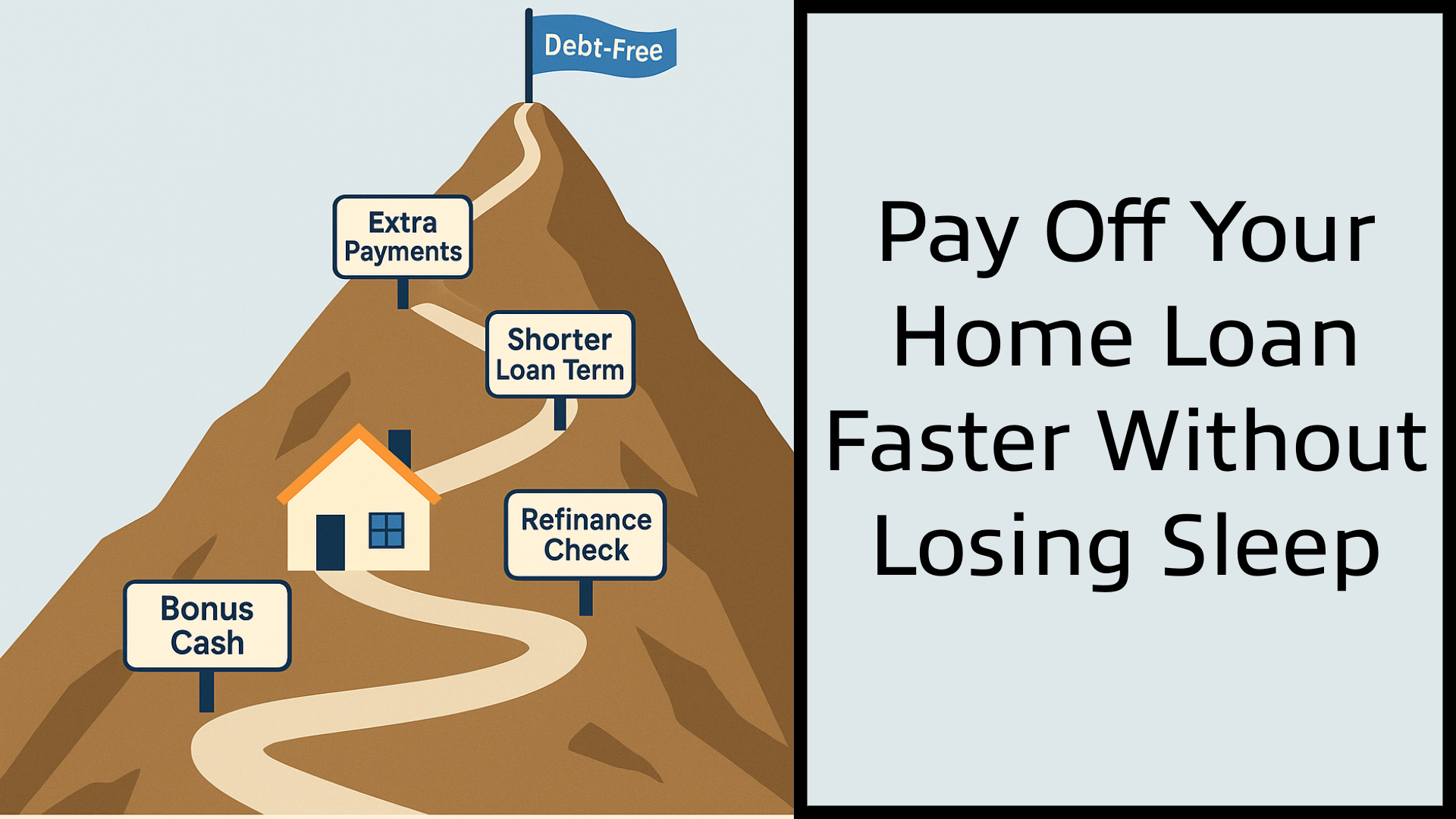
The Simple Car-Buying Rule That Saves You from Debt

Buying a car can feel exciting but also stressful. With so many options, it’s easy to spend more than you should. That’s why many financial experts point to the “20/4/10 rule” as a smart way to guide your decision. It gives you clear limits to follow so you don’t end up with a car payment that drains your wallet.
The first part of the rule is about your down payment. You should put at least 20% down when you buy your car. This reduces how much you borrow, which lowers your monthly payment and interest costs.
The second part is about the loan term. You should finance the car for no longer than four years. Stretching a loan over five, six, or seven years might make the monthly payment look smaller, but it means you’ll pay much more in interest. Keeping it under four years helps you pay off the car faster and avoid being “upside down,” where you owe more than the car is worth.
The third part of the rule is about your budget. Your car payment, insurance, and other related costs should not take up more than 10% of your monthly income. If you make $4,000 a month, that means everything car-related should stay under $400. Following this keeps your car from eating into money you need for housing, savings, or emergencies.
This rule doesn’t mean you can’t enjoy a nice car. It simply sets boundaries so your choice fits your financial life. Smart choices today set you up for more freedom tomorrow.
If you’re shopping for a car, remember the numbers 20, 4, and 10. They could be the difference between a car that helps you get around and a car that keeps you stuck in debt.











